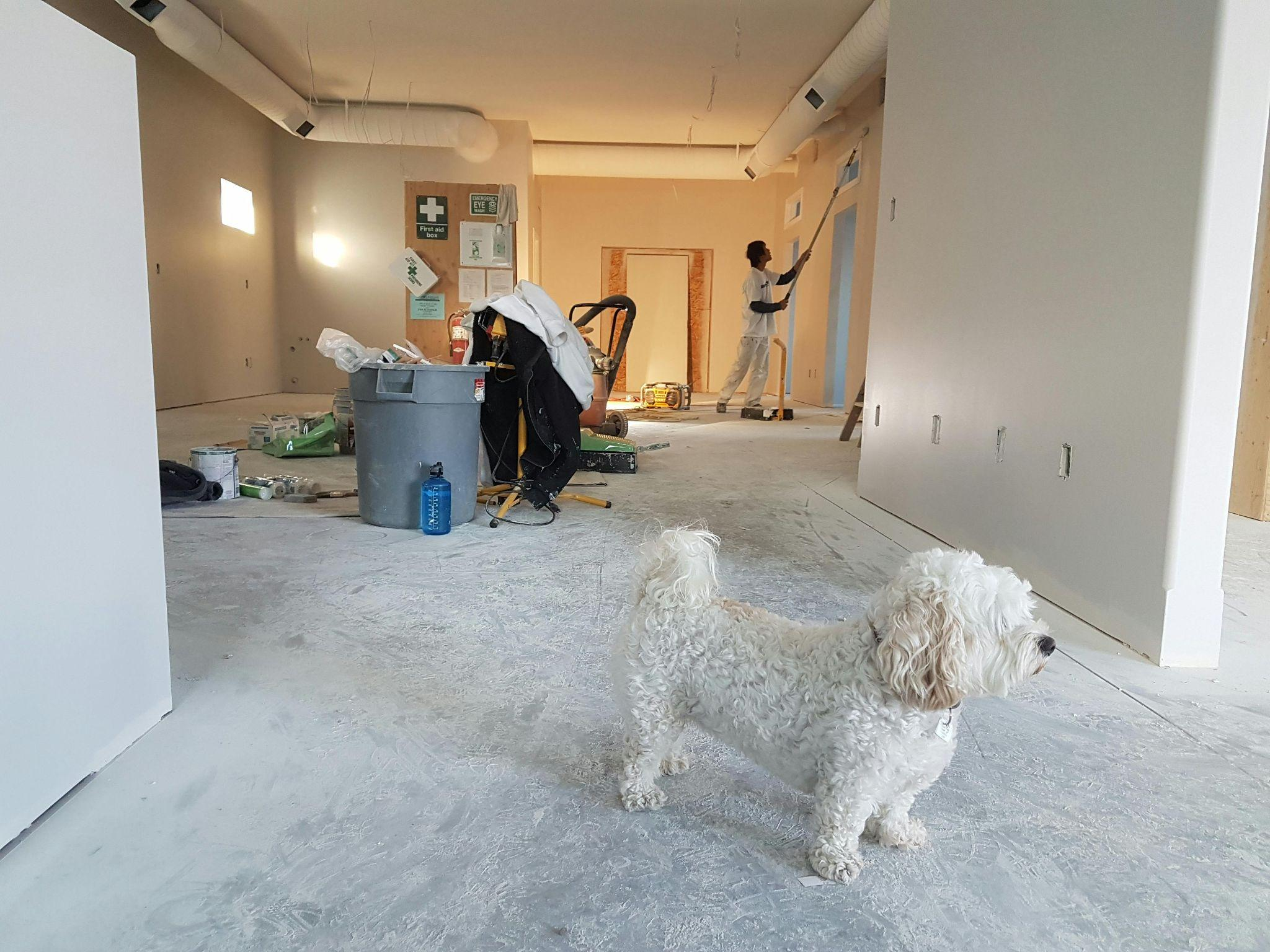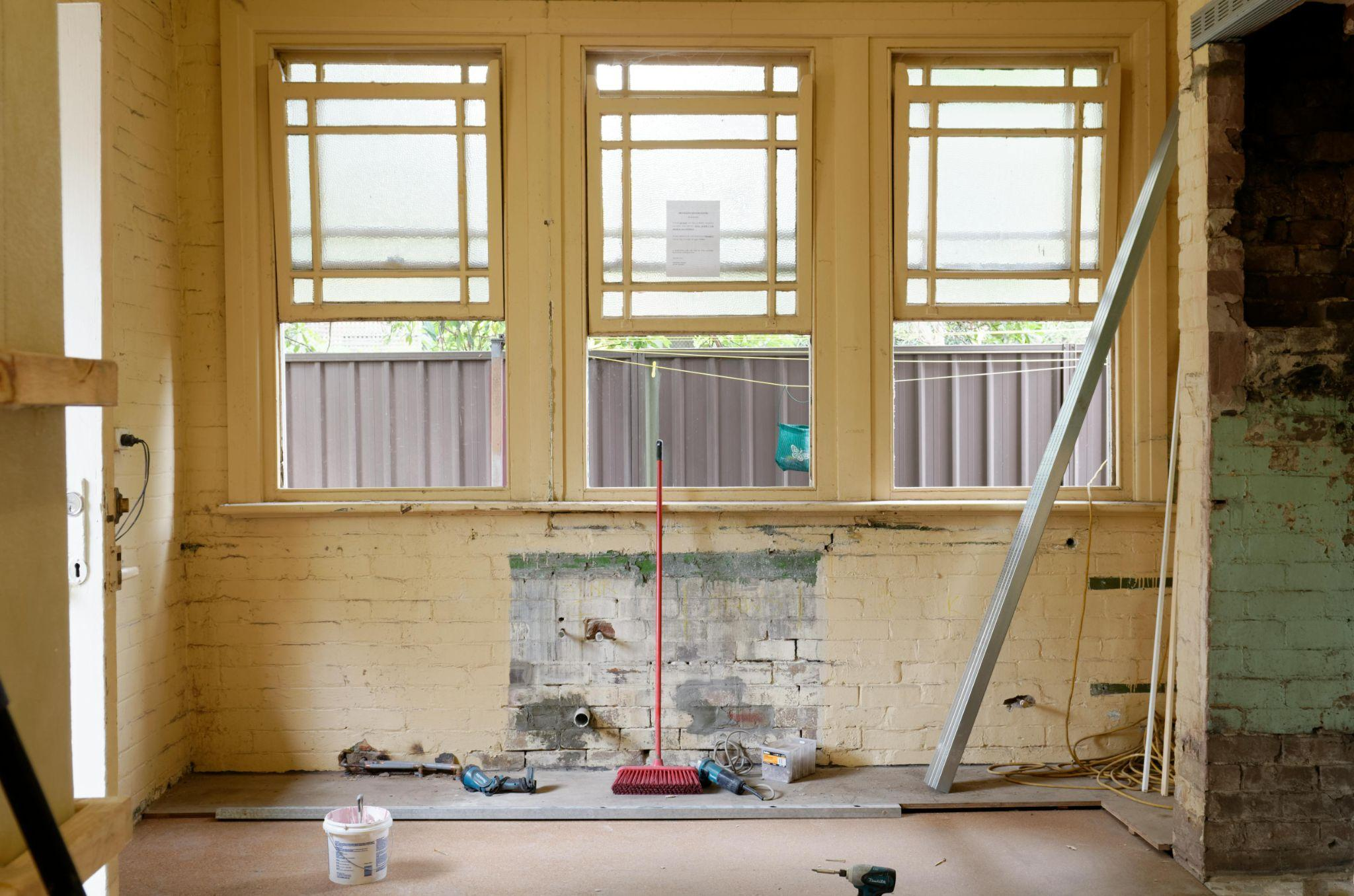Home remodeling may be a very exciting prospect for you and your family, but it’s also going to be a lot of work. Whether you’re looking to update the entire house or just one room, there’s always far more to do than you envisioned there would be, with even the smallest jobs having the potential to turn into weeks of effort.
That said, anything is possible with enough planning and structuring. In this article, you’ll learn several key tips for managing your next home renovation!
Honing in on Your Ultimate Vision
In the beginning, it’s all about getting the ideas you have in your head into some sort of rudimentary plan; things don’t have to be set in stone right away, but you need to start plotting things out before moving forward.
To get going, here are a few questions you can ask yourself:
Why Do I Want to Do This Remodel?
The reasons to embark on a home remodeling project can be very varied. It may be that you have a specific function in mind, like a better kitchen, or it could be a purely aesthetic pursuit. In both cases, using remodeling business software can help streamline the planning, budgeting, and project management process, ensuring a smoother and more efficient remodel.
What Are the Essential Elements?
Defining the essential elements of your remodeling project is a key step to figure out early on, because it helps you start to budget. Jot down a list of essential features the project will encompass: if it’s a new kitchen like the earlier example, your appliances and new units may come first.
What Styling Do I Want to Go For?
While styling is often considered the final touch when remodeling, its influence permeates the entire project. The specific styling you’d like may necessitate certain structural work, so think carefully about how you want the final thing to look. It can be helpful to make a mood board for this purpose.
Determining Your Budget
Having decided what you want, it’s now time to determine how you’re going to pay for it all. To avoid as many unexpected costs as possible (and these will still likely occur even with the best planning!), it’s key to determine your budget as early as possible.
Here’s how to go about it:
Determine Your Maximum
Figuring out what your maximum budget is going to be is the necessary place to start. Consider all major works to be done and how much money you can reasonably put down.
Break Things Down Into Smaller Chunks
Having determined your maximum budget, you should now break things down and partition the money. Segment each major component of the remodeling project into three or four smaller pieces (or more if necessary) and start splitting up the total budget between them. This will help you prioritize things, and it’s usually after this point that the plan for the project starts to properly take shape.
Always Have a Contingency Plan
As briefly touched on before, any renovation work you undertake will likely be more expensive than you think it will be. When considering your overall budget, it’s wise to set aside an extra 10 to 20 percent to account for any unforeseen costs.
Start Gathering Quotes
In the early stages, it’s important to get as many quotes as possible for major works. For bigger renovations involving building work, it’s unlikely you’ll be doing the job yourself, so reach out to the local tradespeople in your area to build a list of quotes to compare against one another. Prices can vary widely, so take the time to analyze each available option.
If the task seems too large to handle or if you’d rather not be involved at all, you could consider hiring a contractors to do the entirety of the work for you.
On Obtaining Permits and Setting a Timeline
It’s crucial to note that for major remodeling work, you need to check that your plans adhere to local regulations and building codes. Permits can cover a wide range of different aspects of a remodeling project, from plumbing to electrical systems, architectural or structural changes, and more.
Make sure you research what’s needed and obtain the necessary permits before you go any further.
Having done so, you can start to think about a timeline. Especially with larger projects, it’s a good idea to initially assess how long each individual part is going to take, and then when the entirety of the works are likely to be finished. This is the point at which you can start to expand on your initial vision and dig into the details a bit more, mapping out a path forward bit by bit.
Of course, delays can happen – and in most scenarios are considered a likely occurrence at some point – but keeping a rough schedule like this will help you deal with them accordingly.
Choosing the Right Materials
Once you’re at the stage of choosing your materials, there are several different things to think about. Here are the main ones:
Maintenance
You don’t want your new rooms to take double the amount of time to clean as your old ones did, so it’s key to prioritize materials that are easy to maintain if you can.
Where maintenance is concerned, people are usually talking about flooring. Choosing engineered wood, vinyl, tiles, or traditional floorboards is a good bet where the aesthetic fits. It’s far easier to clean than carpets!
Durability
Durable materials are usually synonymous with higher quality, so budget will be a consideration here. Nevertheless, you should go for the highest quality materials you can afford where they’re needed most, such as high-traffic areas like kitchens, living rooms, and bathrooms. Again, hard flooring is likely your best bet for longevity.
Durability is also important when it comes to choosing kitchen countertops: quartz or granite tops are generally considered the best.
Acoustic Properties and Safety Features
Ensuring safety is always important: you can enhance safety by choosing flooring materials with non-stick properties, for example, which is particularly useful for bathrooms, and tempered glass in rooms where there is a higher risk of damage.
You can also go a step further by ensuring your rooms have good acoustic properties to keep both noise from leaking in and out. If you’re laying new flooring down, insulation between the joists can help mitigate noise pollution to the floor below (aswell as help keep the house warm).
Wrapping Up
Naturally, there’s plenty more that goes into the home remodeling process – and many different variations on all standard advice based on what you’re personally dealing with. But, hopefully, the above tips can help things go a little more smoothly for you. Here are some extra tips before you leave:
- Consider incorporating smart technology: Features like automated lighting and voice-controlled appliances can increase usability and even security in some cases.
- Choose energy-efficient appliances: If you’re outfitting a new kitchen or bathroom, now is a great chance to survey your usual energy costs and see how far you can lessen your bills with new gear.
- Don’t forget about curb appeal: If you’re remodeling the whole house, remember to consider the outside as well as the inside!
- Focus on long-term value: When you’re spending all that money – and particularly for large-scale remodeling projects – you want to be sure that you’re adding value to your property when it comes to selling. It’s important to consider all materials and works, and ask yourself, “Is this really worth it?”. A home is an investment, and when it comes to spending money on it, it’s key to think beyond simply what looks nice.



